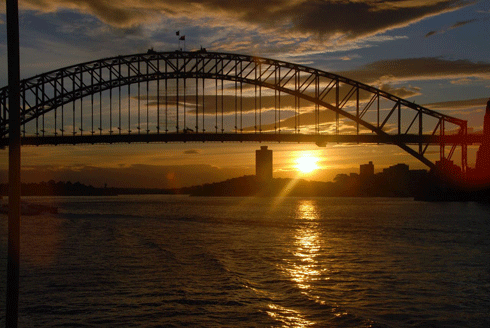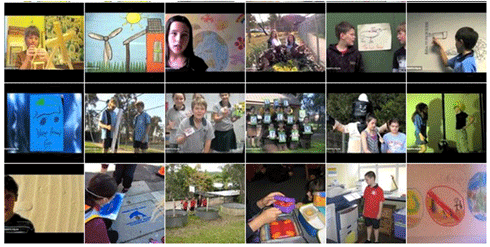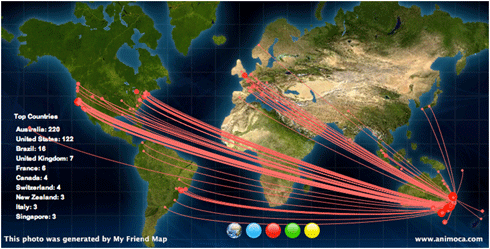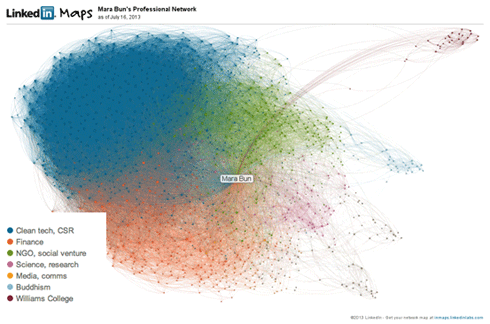
|
Published: 15 July 2013
Cities will simmer as urban heat island effect worsens
Green spaces, trees and bodies of water will become must-have design features for future development in Sydney’s suburbs after researchers found that by 2050 global warming – combined with Sydney’s urban heat island effect – could increase temperatures by up to 3.7°C.
The researchers from the ARC Centre of Excellence for Climate System Science found new urban developments, such as the multitude of new estates on Sydney edges expected to house more than 100 000 residents, were prone to the greatest temperature increases.
‘Interestingly, we found that overnight temperatures increased far more than temperatures during the day,’ said lead author from the ARC Centre of Excellence for Climate System Science, Dr Daniel Argueso.
‘This has implications for health problems related to heat stress accumulation and at an economic level where the higher energy consumption needed to power air conditioning overnight may lead to higher power bills.’
The urban heat island effect occurs because urban structures can store more heat than open ground. This accumulated heat is released during the night, which is why night-time temperatures increase even more than daytime temperatures.
At the same time urban surfaces hinder evaporation and its cooling effect, adding another layer to the heating of urban areas.
New areas on the fringes of Sydney could see temperatures rise between 1.1–3.7°C, while the rural areas near these new suburbs could see increases of 0.8–2.6°C. Existing urban areas closer to the CBD will see likely rises of 1.1–2.5°C.
Changes to planning guidelines could ease the heat impact, said Dr Paul Osmond from the University of New South Wales Built Environment.
‘Current research shows that along with other strategies green spaces, street trees and bodies of water can have a marked effect on reducing urban heat island effect,’ said Dr Osmond.
‘Not only do these help keep suburbs cooler, there is also a knock-on effect where these places gain social advantages through additional amenities and recreational areas. Quite often, leafy suburbs that contain a number of parks and bodies of water also tend to see increased real estate values. It's a win-win situation for everyone.’
While the regions most affected by this increase in temperature will be new developments on the periphery of Sydney's urban area, it doesn’t mean areas closer to the CBD won’t see increases in the impacts.
Previous studies have shown that density, in particular vertical expansion, plays an important role in the urban heat island effect. As global warming develops, urban designers will also have to consider ways to ease this likely heat increase.
Importantly, while this research was focused on Sydney it has lessons for cities right across Australia. The mechanisms that cause warmer nights in Sydney are applicable to any city with similar characteristics and can be solved in similar ways.
However, Australia’s regional climatic variability means scientists will need to extend their research to other cities to better understand their climatic characteristics and get a more comprehensive understanding of urban impacts on local temperature.
‘We need to develop a complete profile of temperature changes for different cities taking into account their various urban expansion prospects and locations,’ Dr Argueso said.
‘With this information, we can provide an invaluable tool to help with the future development of Australian cities and the environment many of us live in.’
Source: ARC Centre of Excellence for Climate System Science







